Ainda no mês de julho, tive meu primeiro artigo em um journal publicado, escrito em co-autoria com minha colega de doutorado, Aline Corso, e nosso orientador, Prof. Dr. Gustavo D. Fischer. No artigo, intitulado “Preservação e Patrimônio em Jogo na Tecnocultura: a (Re)construção da Catedral de Notre-Dame em Assassin’s Creed”, trouxemos para a discussão duas interseções entre o jogo Assassin’s Creed: Unity e a Catedral de Notre-Dame, a saber: como o jogo se apropria da materialidade desse patrimônio histórico e, do fogo que atingiu Notre-Dame em 2019, reflete como a ideia de (re)construção surge do jogo.
Continue lendo “Preservação e Patrimônio em Jogo na Tecnocultura: a (Re)construção da Catedral de Notre-Dame em Assassin’s Creed”

